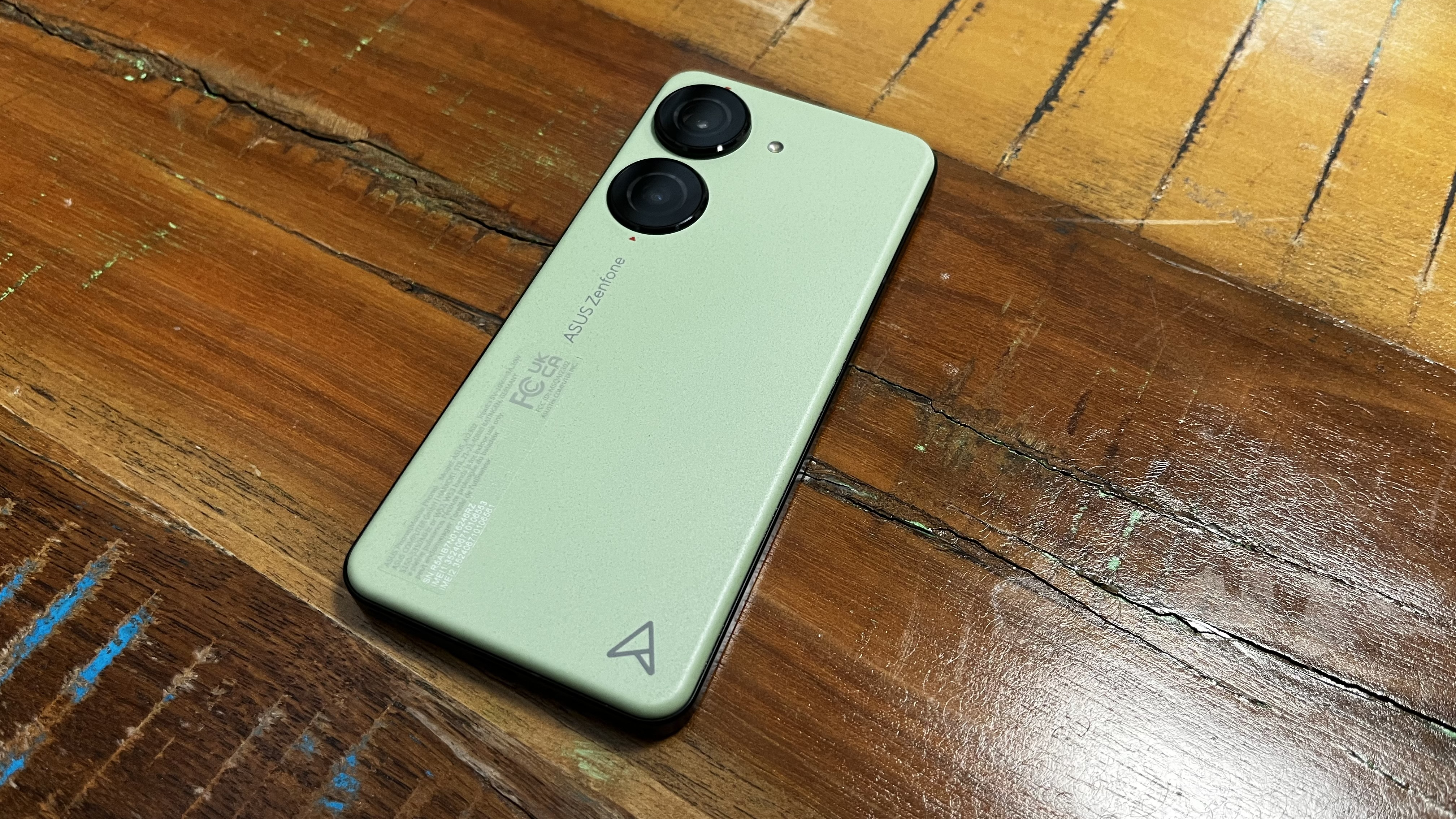
If you've followed our coverage of the best Android phones for the last few years, you'll have noticed a trend. Things are getting bigger. Gone are the days when compact devices were the in thing – now, users want more screen real estate and bigger battery capacity.
Not everyone wants that, though. And while there are a host of good small phones on the market, they aren't as plentiful. They're also – broadly speaking – not as powerful as their larger counterparts.
Enter Asus, and their Zenfone range. This series is designed to pack a flagship level performance into a device with a much smaller footprint. Previous generations have come close, but never quite covered all bases. Can the Asus Zenfone 10 be the first?
Asus Zenfone 10 review: Price and Availability
The Asus Zenfone 10 launched on the 29th of June 2023. In the UK, users can pick up the 8+256GB variant for £749.99, and the 16+512GB version for £819.99.
However, there's also a pre-order offer which makes the device much more appealing. The cheaper variant can be picked up for just £699.99, saving £50. And, if you'd prefer the added RAM and storage, you can pick that up for £749.99, effectively getting the additional capacity for the RRP of the lower device.
That pre-order offer will run until the 31st of July.
Asus Zenfone 10 review: What's New?
When we reviewed the Asus Zenfone 9, it's fair to say we were impressed. The device was packed with features, and only let down on a couple of key points. So, what's new this time out?
Well, for starters, the processor has been upgraded. The Snapdragon 8 Gen 2 is the current top dog for Android phone chipsets, and that's present and correct here. While it won't come as any surprise, it is a welcome addition. It offers a decent upgrade to both power and efficiency over its predecessor.
The Zenfone 10 also picks up wireless charging. That was one of the bigger drawbacks we found last time out, so it's a really great addition to this device. Wireless charging is rated at 15W, which is half the speed of the wired connection.
The camera also gets an upgrade, though perhaps not the one we were expecting. The selfie camera and ultra-wide are both given a bump, up to 32MP and 13MP respectively. The main sensor is the same Sony IMX766 found last time out, though.
Where the camera does see an improvement is in the 6-axis Hybrid Gimbal Stabiliser, which sees a version 2.0 here. HyperSteady mode offers even greater stabilisation this time out, and the results – spoiler alert – are absolutely incredible.
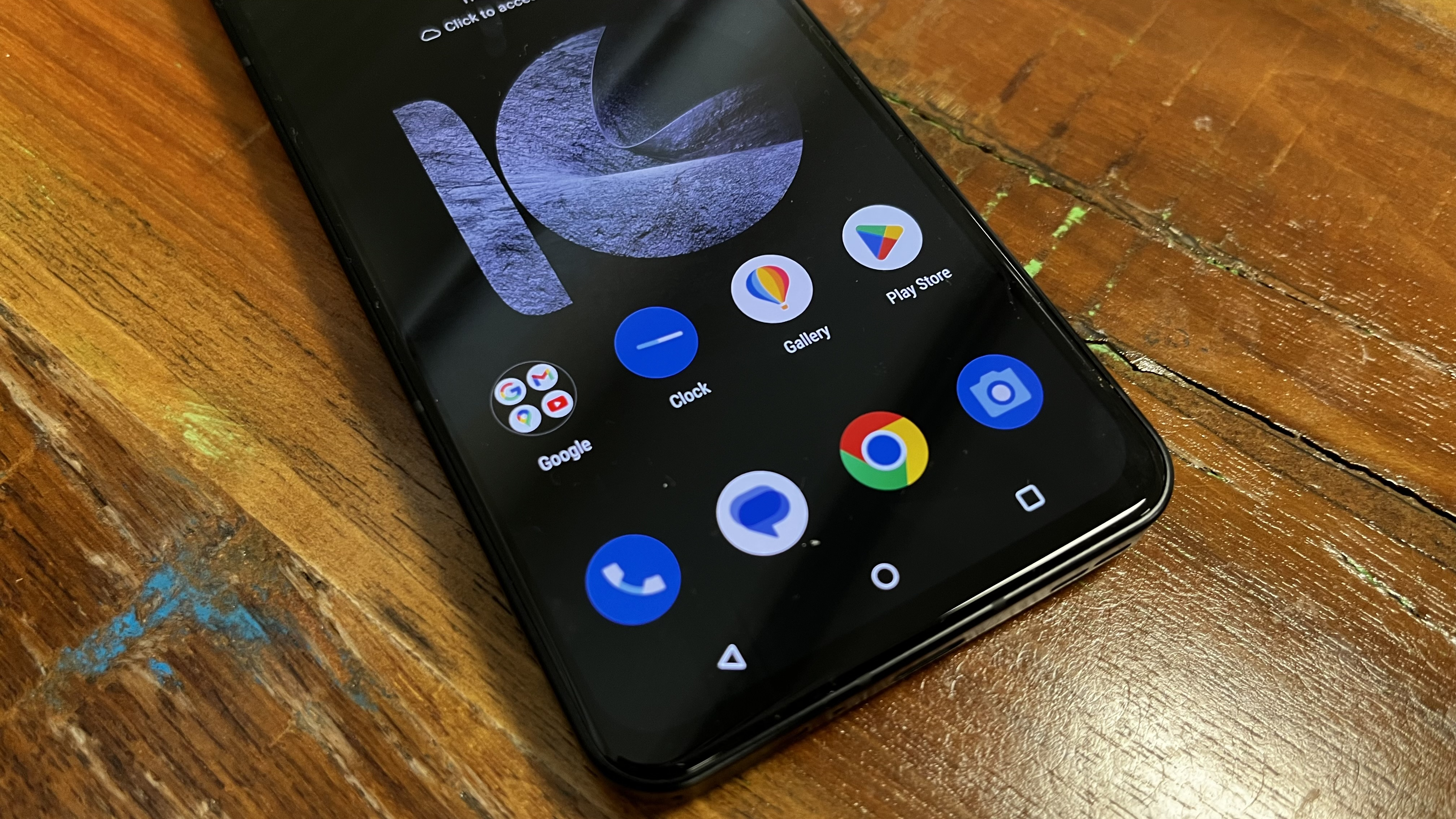
Asus Zenfone 10 review: Design and Display
The dimensions of the Zenfone 10 are really interesting to me. Sitting beside my iPhone 13, there's very little between them. Sure, it's a smidge slimmer, but not enough that you'd mark it out as being overly different.
Once you get into using it, though, it's a different beast entirely. In the hand, it feels absolutely tiny. It will definitely take some getting used to, but once you are, it's really quite pleasant.
The device is cased in a sleek black metal finish. The display is gently rounded, which makes it even more comfortable to hold. The standout is the back panel though. My review unit comes in the Aurora Green finish, which is definitely the pick of the bunch.
The back panel has a really gorgeous textured feel. It's a welcome change to the slick glass back panels which have become commonplace these days. The added grip gives me the confidence to whip it out without fear of dropping it.
In terms of the display, users get a 5.9-inch AMOLED panel with a refresh rate of up to 144Hz. That's only available when gaming though – in standard use, it's adaptive between 30Hz and 120Hz.
All of that makes for a really sumptuous user experience. Transitions and motions are really smooth and there's a brilliant amount of detail packed into the screen. It's great for consuming content, despite the smaller form factor.
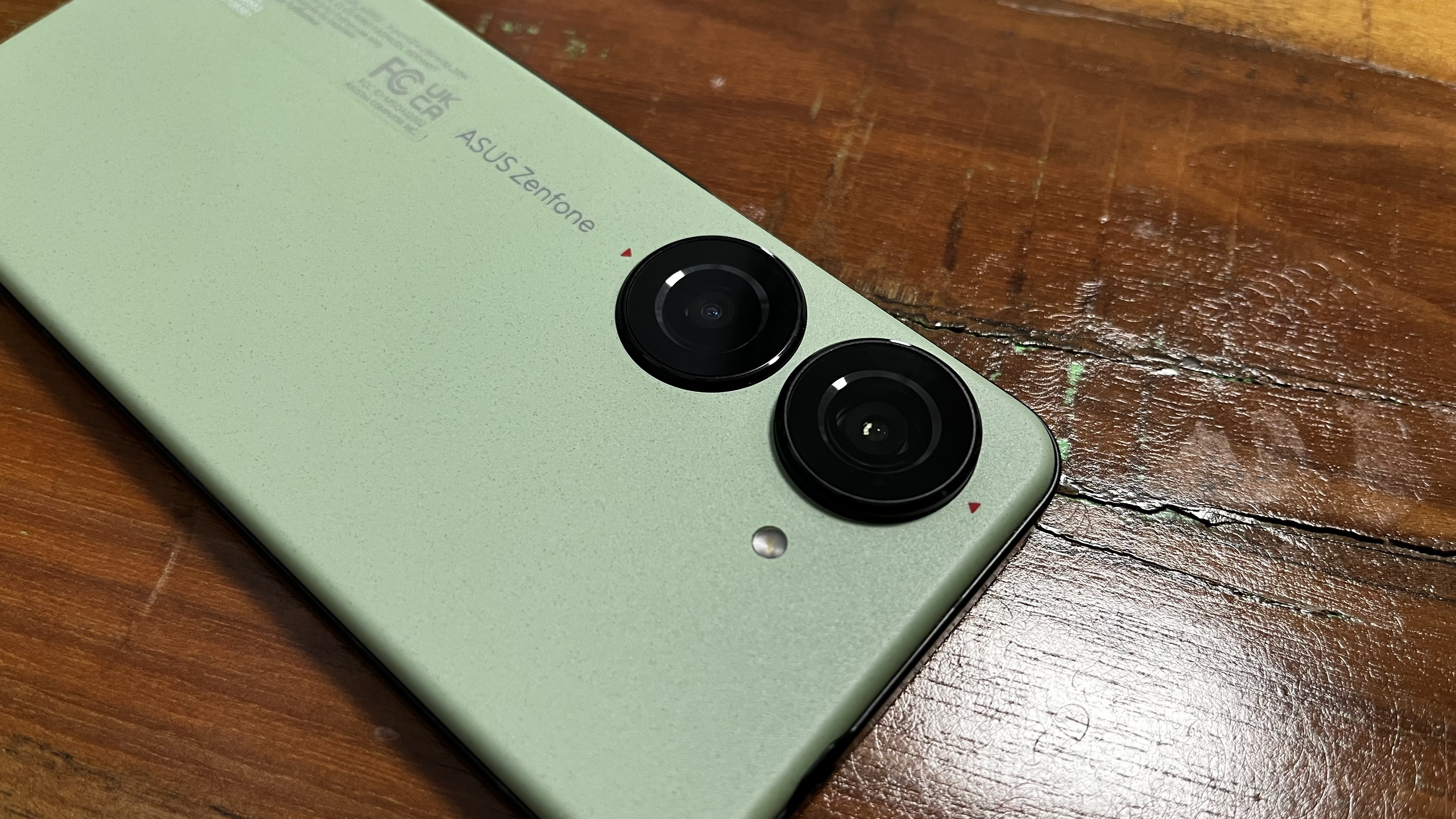
Asus Zenfone 10 review: Camera
The camera is one of the best bits of this device. Sure, seeing the main sensor remain the same as its predecessor is a bit of a shame, but it's packed with goodies to make it useful.
Arguably the most useful is the 6-axis Hybrid Gimbal Stabiliser. That gets upgraded this time out, for even more stability in use. The results are absolutely stunning.
I tested the feature by recording a video while shaking the camera back and forth. The resulting video is smooth and crisp, with no hint of movement. Just to be sure, I conducted an A-B test with my iPhone. The difference is positively astounding. The Zenfone keeps everything perfectly stable, while every little twitch is picked up on the iPhone video.
One of the reasons why it's so good is because of how the stabiliser is designed. While other systems just move the lens, this moves the entire camera module as a whole. It works a treat.









Video is definitely the strong point for this device. Still images are definitely decent, but not quite on the same level as the best phones on the market.
With that being said, it will still be more than enough for most users. The main camera is strong, with a good amount of detail. Images shot at 2x zoom retain that detail nicely, while further zoomed shots are assisted with a Digital Zoom that uses the raw file for greater detail.
Ultra-wide shots are equally impressive, while the selfie camera gets an overhaul to improve front facing shots. That's now an RGBW sensor, letting in up to 67% more light, with a 50% reduction in background noise.
One thing I did find is that it isn't great with moving subjects. I tried to capture a few shots of a flower which was blowing in the wind. Despite my best efforts, the camera just couldn't pick out a still image, leaving the results blurry.
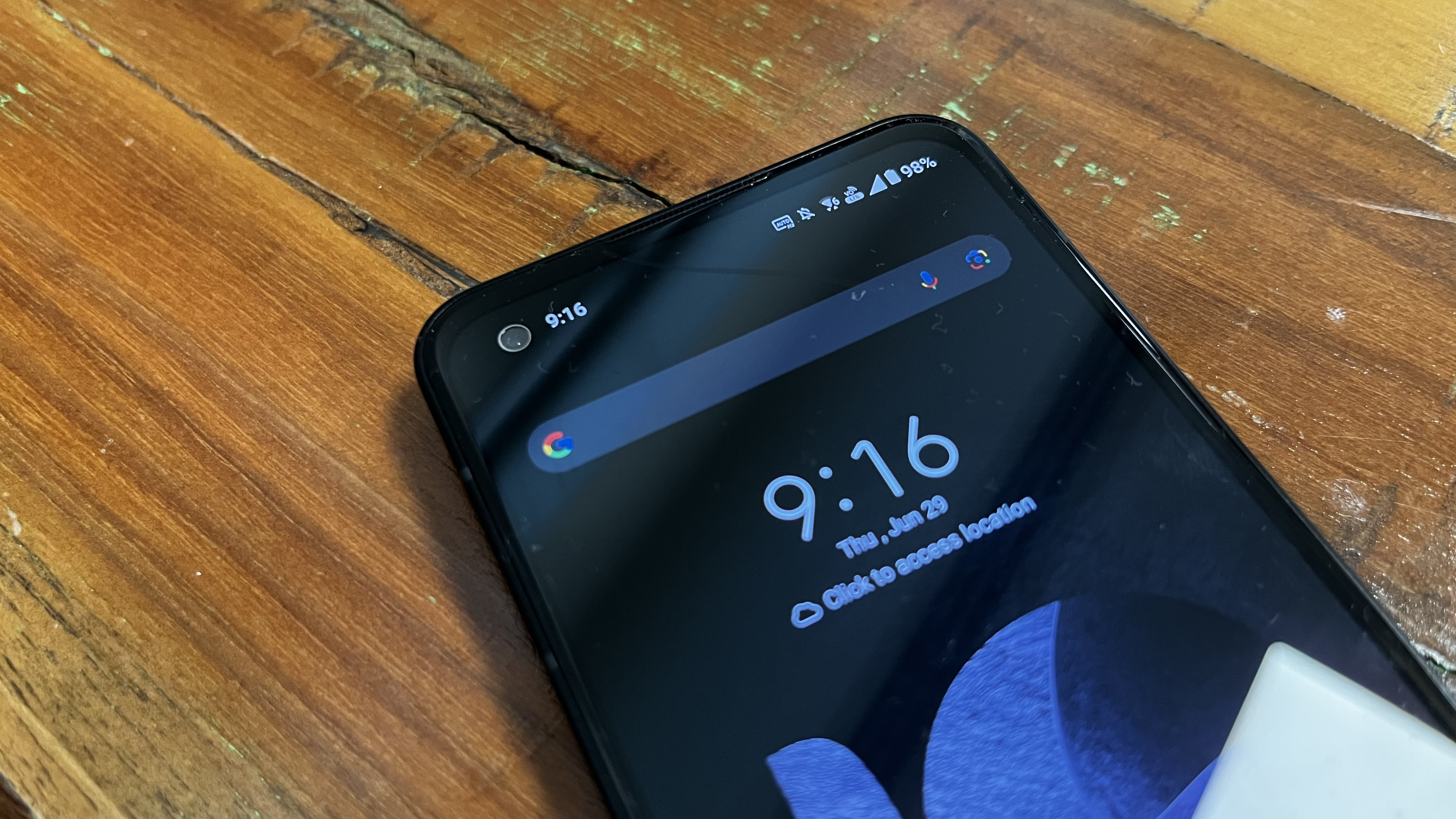
Asus Zenfone 10 review: Performance and Battery
The short version is this – the Zenfone 10 is absolutely fantastic in use. Everything is snappy and responsive, with no notable lagging. If you've ever used a phone with the 8 Gen 2 processor, you'll know this is fairly standard fare, but it's nice to see it translate here.
I even tried a gaming session on the device, to see how it stacks up. Granted it's not a gaming phone, but its stablemate – the Asus ROG Phone 7 – is. I hoped some of that magic would rub off here, and I'm pleased to say it has.
The Game Genie software is present, offering in-game adjustments. You'll also see the refresh rate boosted to 144Hz for smoother graphics. It's really capable in this arena, despite the smaller size. In fact, even the smaller display – which I'd suspected might be a nuisance – was perfectly fine. Sure, you won't buy this for hardcore gaming on the go, but it's more than enough for a casual evening jaunt.
Battery life is equally impressive. While the 4,300mAh battery capacity may seem like cause for concern, it needn't be. It's important to remember that the smaller format of this device means less screen to power.
After a full day of regular use, it was always packed with around 40% still. I never once feared running out of juice, and would be more than happy to leave home without a charger for a day of using the device.
When it does need charging, that 30W wired charging is equally impressive. A full 0-100% charge takes about an hour, which is perfectly acceptable. Expect the wireless charging to be around double that.
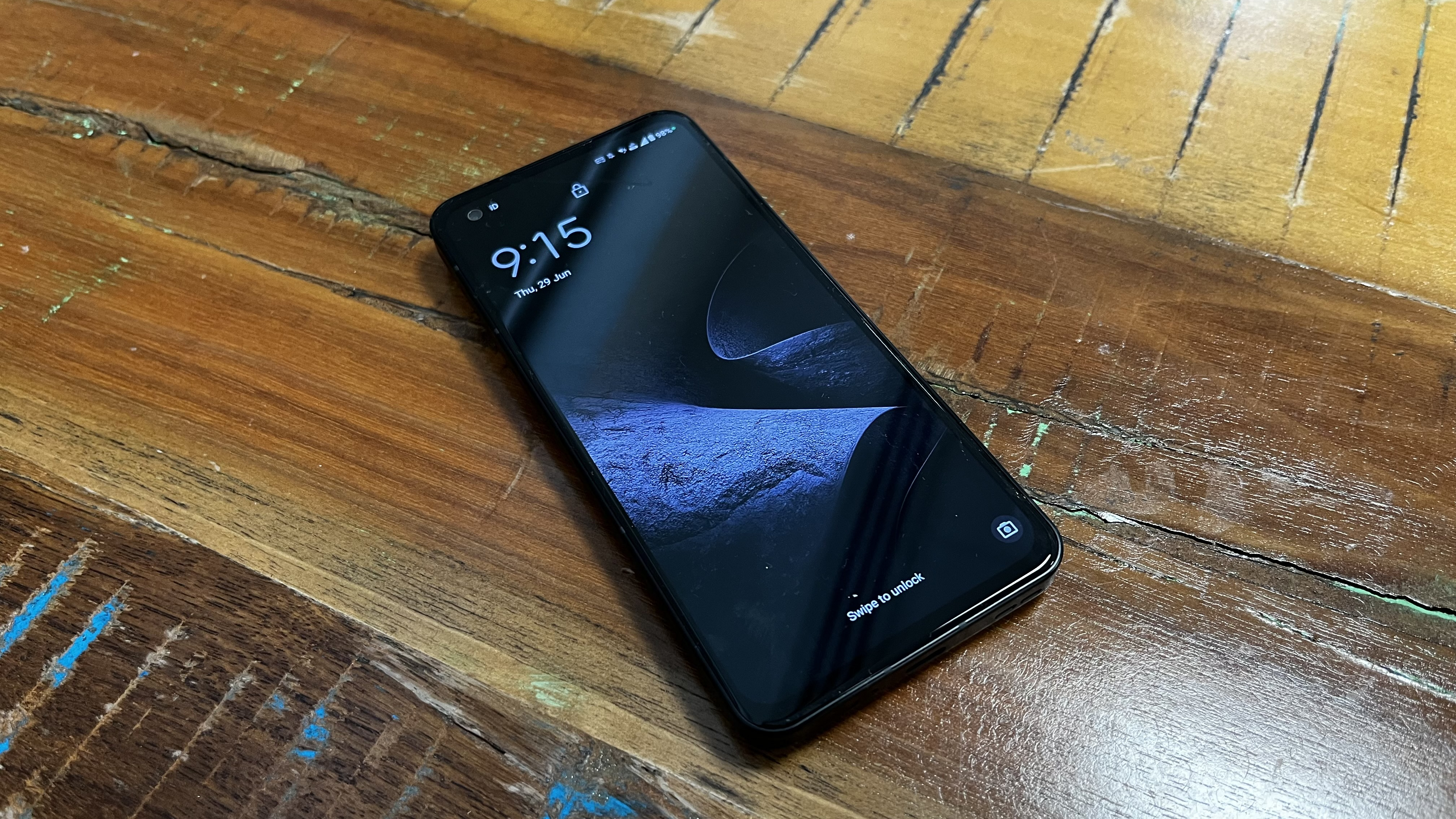
Asus Zenfone 10 review: Verdict
The Asus Zenfone 10 is a triumph. Forget the smaller size for a second – this is every bit the flagship phone. Sure, the camera is a little underwhelming compared to the best on the market, but it's still more than enough for all but the most hardcore of power-users.
The video performance more than makes up for it, too. If you enjoy taking videos – particularly while on the move – I can't think of a single device which outshines this. It's effortless to use and the results are really beautiful.
The main appeal here is that smaller format, though. For a long time, users looking for a flagship device in a small size have been forced to compromise on something. The Zenfone 10 means that's no longer the case.







